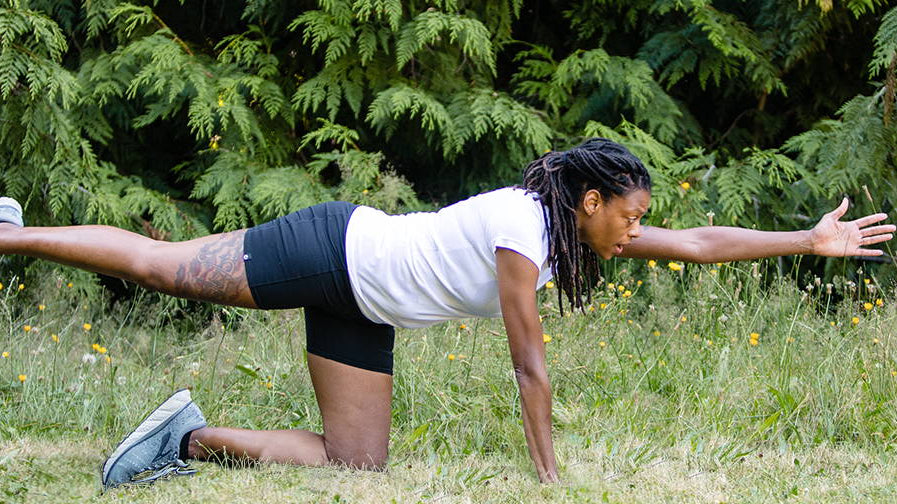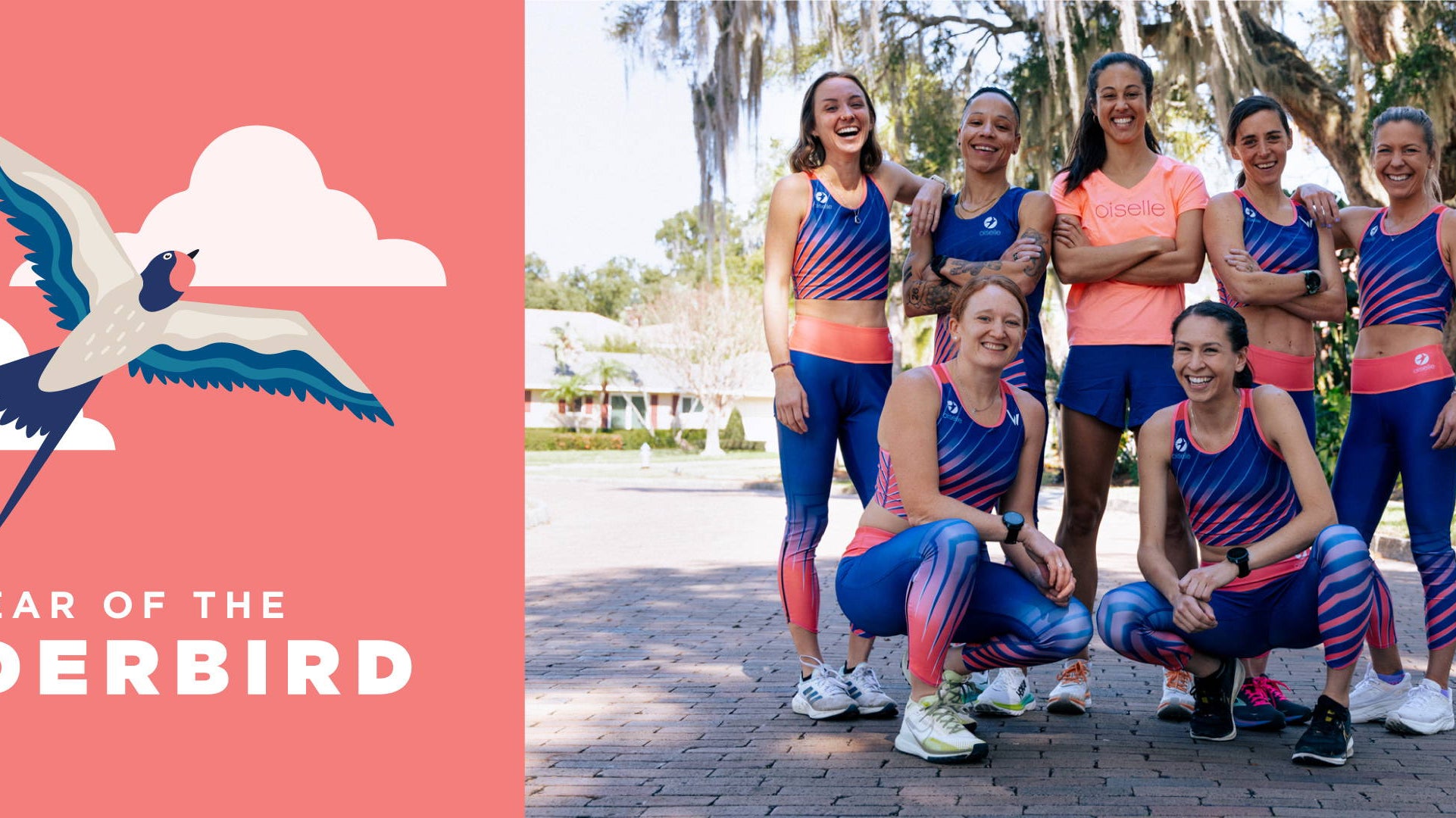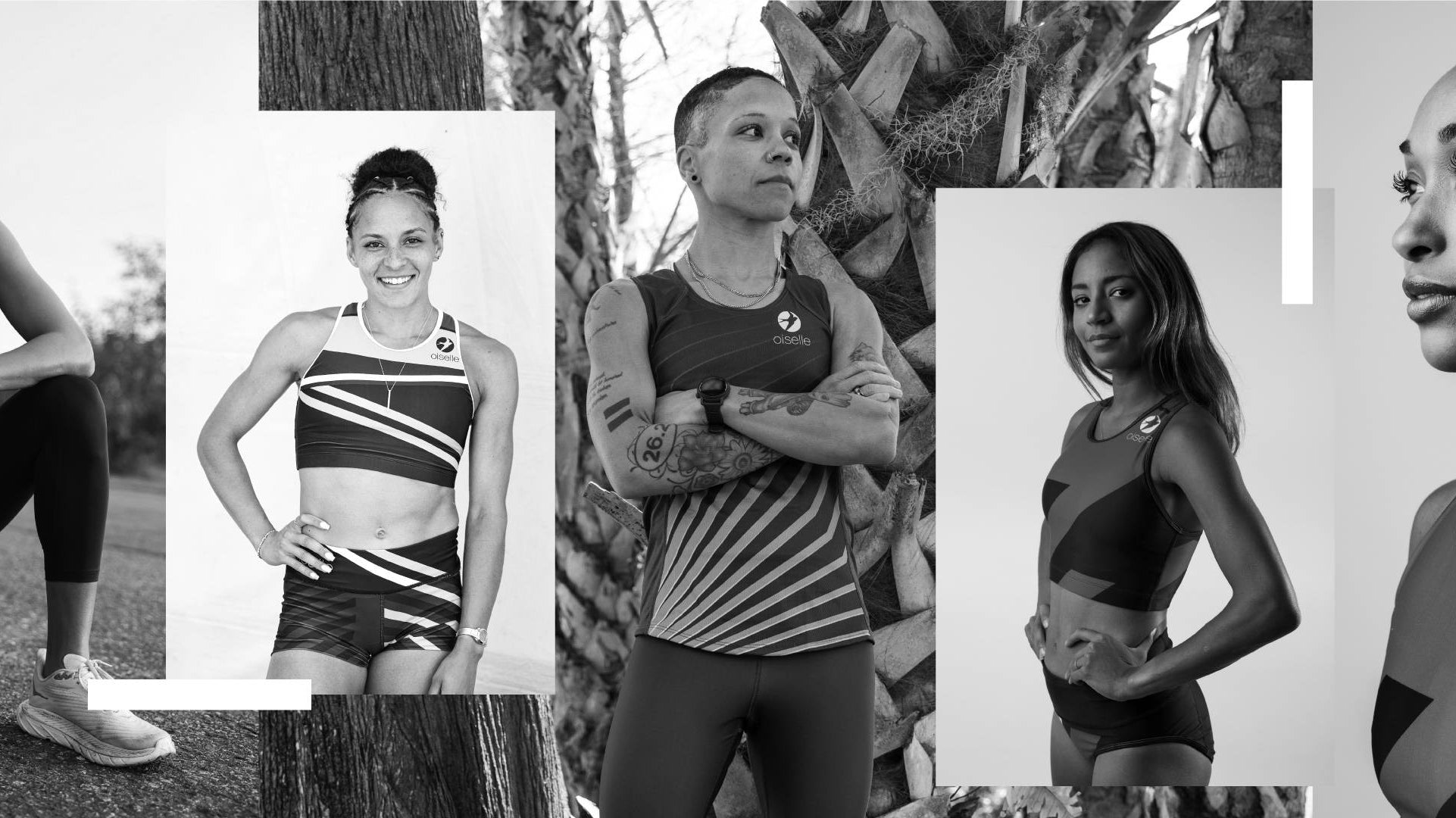BY: TEAL BURRELL

In 2018, I qualified for my second Olympic Trials and broke 2:40 in the marathon for the first time. But I wasn’t always an elite, I didn’t run collegiately, and my first marathon was over four hours.
I didn’t go from nine-minute pace to six-minute pace overnight. It took me twelve marathons and nine years to go from my first 26.2 to my first Trials qualifier. There were big breakthroughs and small victories, but also disappointments, injuries, and setbacks.

But people often hear my time and assume I’ve always been elite, bursting with talent from the start. I’d say it’s not talent, but not putting a ceiling on what I think I’m capable of (along with a heavy dose of stubbornness). It breaks my heart when women say they can’t run a certain distance, hit a certain time, or that a Boston or Trials qualifier is impossible. Because they think that, it’s a self-fulfilling prophecy. It’s true that everyone’s situation is unique and we all have different demands on our lives, but I think we’d all achieve more if we allowed ourselves to really dream. We hold ourselves back by believing these artificial limits exist, based on nothing but our doubting, overly-cautious internal voice. If we take those limits seriously, we’ll never reach our potential. If I had taken them seriously years ago, I might not have ever qualified for Boston, let alone the Trials.
I hope this is the year we all stop putting limits on ourselves, whatever our dreams might be.
Step One: Dream big.
I first wrote about my dream of qualifying for the Trials in my journal back in 2009. At that time, I had run three marathons and held a PR of 3:18. The Trials standard then was 2:47 (it’s now 2:45); I couldn’t even run a mile at that pace. I admitted from the start I might never make it, but I knew that having such an ambitious goal was the only way to see what I was capable of.
Dr. Stan Beecham, author of Elite Minds, says to set goals you’re only sixty percent sure you’ll hit. You might not make it, but you’ll almost surely run faster than if you went after a goal you were 100 percent sure you’d hit. Allowing myself to dream of sub-2:50 qualifiers made more immediate goals (sub-3:10, say) seem doable and not so outlandish. And the possibility—however remote—of making such a lofty goal got me excited to lace up every morning.
Step Two: Make smaller short-term goals.
My big goal never felt overwhelming because I broke it up into small goals along the way. I tried to chisel away at my PR in five-minute or ten-minute chunks; aiming to run ten or twenty seconds per mile faster each time, which seemed doable. And I celebrated the victories as they came: the first sub-three, getting sub-elite status at Chicago, returning to the first marathon I ran and winning it. More than five years passed between me making the Trials goal and qualifying for the 2016 Trials, but in that time I enjoyed the journey and focused on improving in small ways (adding a little more mileage, eating a little bit healthier, or committing to doing strength and core a little more often). I never drastically changed everything I was doing in one season, never bit off more than I could chew, and in that way I chiseled away at my PR.
Step Three: Embrace the failures as fuel to the fire.
Of course, there were setbacks, injuries, and races where the result didn’t seem to match the work put I in. I used to think I could set a PR in every marathon I ran and was distraught when I ruined my perfect streak on a hot day in Chicago. But that disappointment fueled me to a huge breakthrough the very next season: my first sub-3 hour marathon. A few years later, another of my most disappointing marathons was followed by a ten-minute PR and my first Olympic Trials qualifier.
The hard work didn’t evaporate with a bad race result. The miles and paces were still there when the next season started. Combined with a stronger determination to beat whatever demons got me last time, the next race was often a breakthrough.
Step Four: Find your people.
After having a daughter in 2017, I knew I wanted to come back to running and try to qualify for another Trials. Some people thought that was crazy and would look at me wide-eyed, subtly shaking their heads as if I was being impossibly naïve. After I told one family member I’d like to qualify again, he ignored me completely and said that parenting is overwhelming, but “at least you don’t have to worry about running anymore.” I chose to ignore those people and instead focused on the fact that lots of mamas qualify for every Trials race. I was inspired by pros like Kara Goucher and Steph Bruce, companies like Oiselle that support them, and family and friends who knew I’d find my way back to fast times. In May I qualified for my second Trials, but, having moved to a new city two years ago, I realized I missed having teammates. I joined the Volée this summer and with the constant encouragement from our local team and the Sacramento squad’s insane cheering at Cowbell Corner, I ran a PR of 2:39 in December, three minutes faster than before having a baby.
This year, my goal is the Trials A standard (sub-2:37), ninety minutes faster than my first. I might not make it, but that’s okay. We might not meet every ambitious goal we dream of, but setting the ceiling higher gives us that much more space to grow.
Head up, wings out,
Something new is coming soon! Subscribe below to be in the know.










